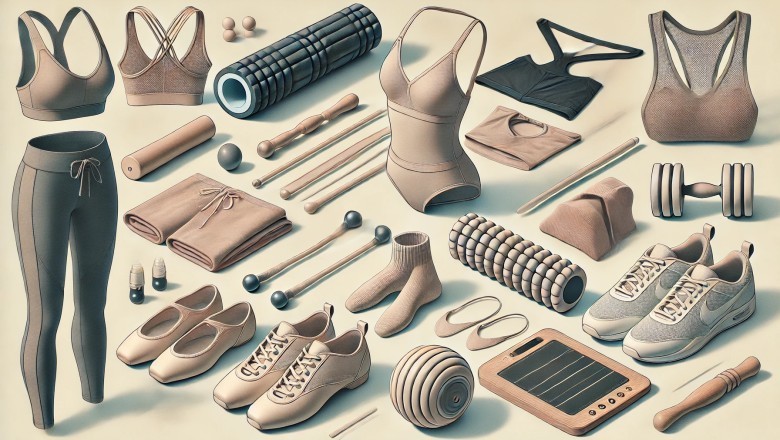
views
1. Inexpensive Stretch Bands
While they may look enticing, cheap stretch bands from Amazon often lack the durability and resistance required for proper stretching. Low-quality bands can snap or lose their elasticity, leading to potential injuries or inefficient training.
Better Investment: Invest in a high-quality, thick, and durable resistance band (such as a Theraband or similar reputable brand) that offers the right amount of resistance and supports a safe, controlled stretch.
2. Balance Boards (Cheap Models)
Balance boards are commonly marketed as great tools for improving stability and strengthening ankles, but many cheap boards found on Amazon are unstable and poorly constructed. These might not give you the controlled resistance or consistency needed for effective training.
Better Investment: Look for a professional-grade balance board or wobble board. These offer better stability, support, and materials that ensure safe and effective ankle strength training, a key component for ballet dancers in particular.
3. Over-the-Counter Foot Strengthening Devices
Foot strengthening devices like the ones often sold on Amazon claim to help dancers develop strength in their feet. While some of these devices are useful, many are poorly designed and offer very little resistance or support. Some even focus on the wrong muscles, wasting your time and energy.
Better Investment: Consider working with a physical therapist or certified trainer to get personalized recommendations for foot strengthening exercises. Custom orthotics and professional foot care may also be a better long-term investment than DIY foot devices.
4. Cheap Pointe Shoes
It's tempting to buy discount pointe shoes online, but this can be a costly mistake. Poorly fitted or low-quality pointe shoes may feel comfortable at first, but they will not provide the support you need for proper technique and may cause long-term damage to your feet.
Better Investment: Make sure to visit a reputable dance store where you can get properly fitted pointe shoes. Professional fitting ensures the best support and comfort, which are vital for maintaining healthy feet as you progress in your ballet career.
5. Generic Foam Rollers
Foam rollers are essential for self-myofascial release and muscle recovery, but not all foam rollers are created equal. Cheap foam rollers often lack the density needed to effectively release tight muscles, and they can wear out quickly.
Better Investment: Invest in a high-density foam roller or a specialized roller with texture that targets specific muscle groups, like the GRID Roller. This type of roller provides deeper muscle penetration, improving recovery and muscle relaxation.
6. Dance Apparel That Isn’t Made for Performance
Comfort is key for any dancer, but cheap or poorly made dancewear often fails to provide the support, stretch, or durability you need. Ill-fitting leotards or tights can restrict movement and prevent you from performing at your best.
Better Investment: Choose high-quality, performance-grade dancewear from trusted brands like Capezio, Bloch, or Wear Moi. These brands are designed to move with you, offering maximum comfort and performance support.
7. Overhyped "Quick Fix" Recovery Gadgets
Many recovery devices, such as foot massagers, compression boots, or vibrating tools, promise instant relief and faster recovery. However, most of these products don't deliver lasting results and can often be overpriced for the benefits they offer.
Better Investment: Instead of relying on quick fixes, focus on proper stretching, hydration, nutrition, and sleep. Long-term recovery strategies, including regular massage therapy or visits to a physical therapist, will yield far better results than gimmicky gadgets.
8. Unregulated Supplements
Supplements like pills and powders marketed as performance boosters or injury preventatives are often sold with very little regulation or scientific backing. Some might even cause more harm than good, especially if they interact with medications or other supplements.
Better Investment: Instead of relying on supplements, focus on a balanced diet rich in vitamins, minerals, and proteins to support your training. If you do decide to take supplements, consult with a healthcare professional to ensure they're safe and necessary for your specific needs.
9. Dance Shoes That Aren’t Designed for Your Style
Many dancers purchase shoes from general shoe brands, thinking they'll serve their purpose for dance, but they can lead to discomfort, instability, and even injury. Each style of dance requires a specific type of shoe, and trying to use one shoe for everything can be detrimental.
Better Investment: Invest in the right shoes for your style of dance. Ballet shoes, jazz shoes, tap shoes, and ballroom shoes all have unique designs and construction that help prevent injuries and provide the right support.
10. Fad Dance Gear
You’ll find a variety of dance gear on Amazon that claims to be a "game-changer" for your performance, from foot stretchers to posture correctors. While some of these can provide minor benefits, most fall short of being practical or effective for serious dancers.
Better Investment: Focus on building a strong foundation in technique, flexibility, and strength. The right dance teacher, consistent practice, and proper self-care are what will truly elevate your skills in the long term.











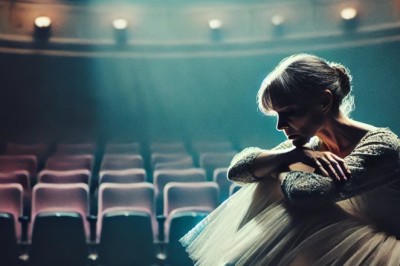
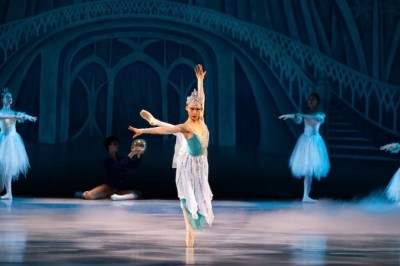



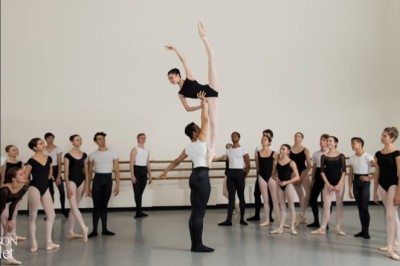


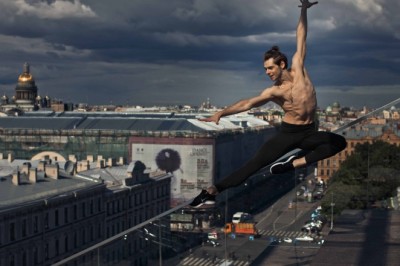

Comments
0 comment